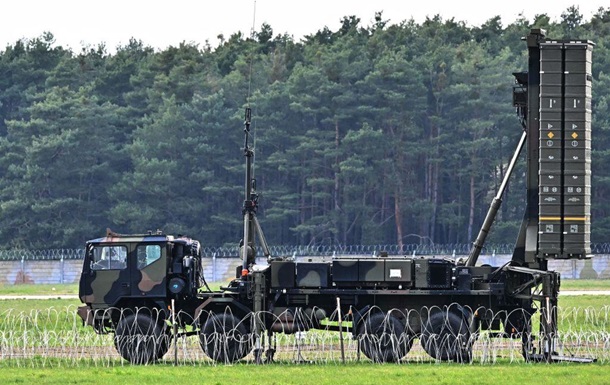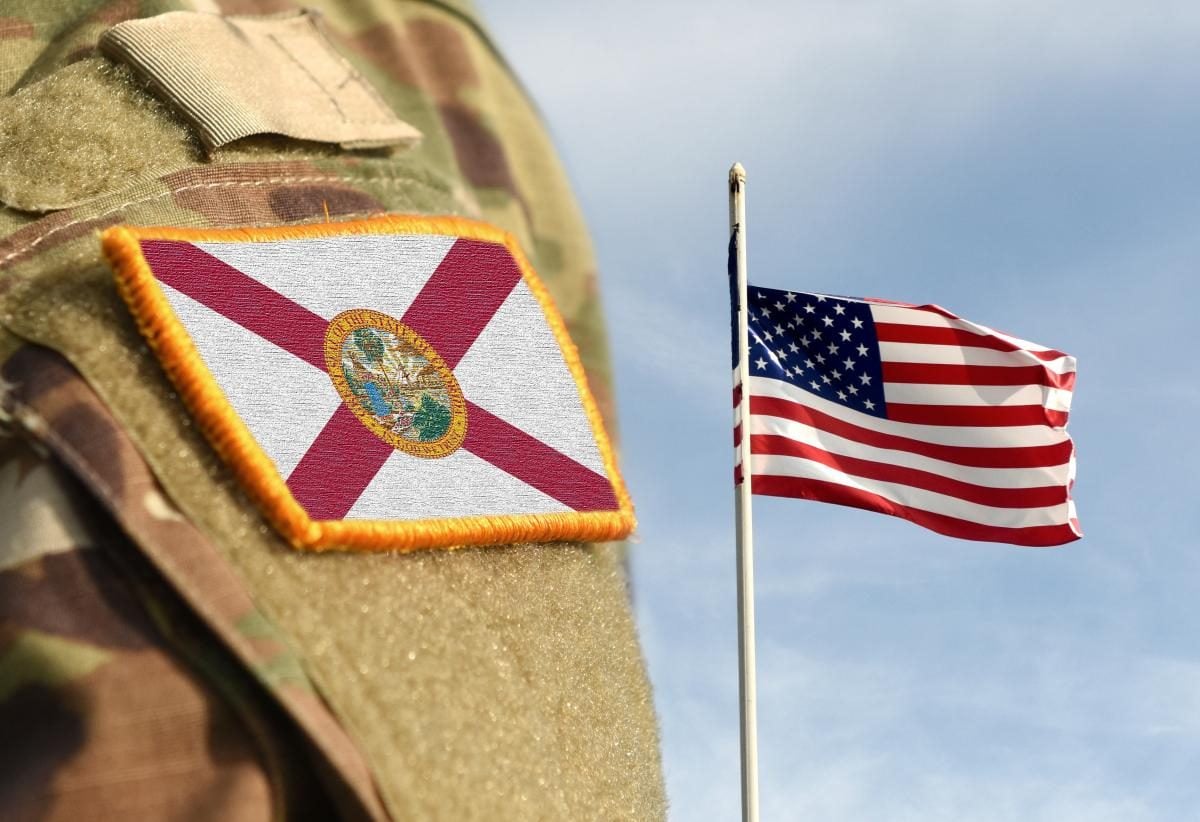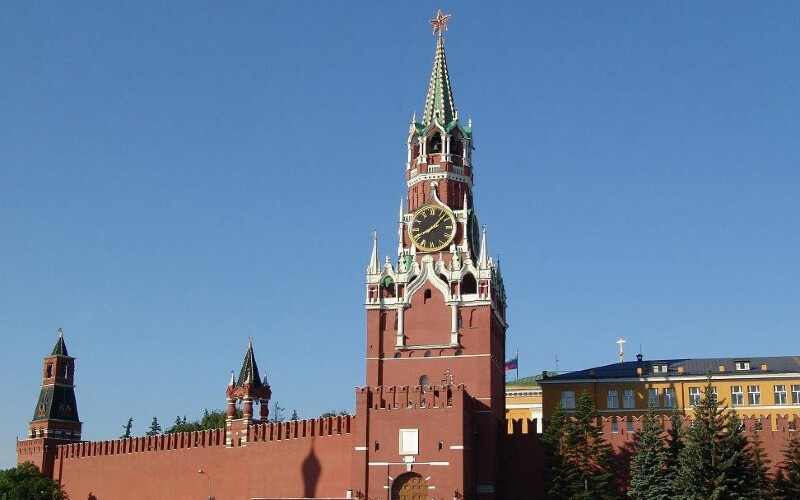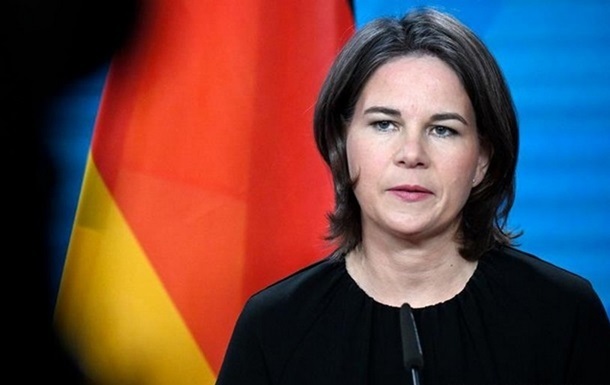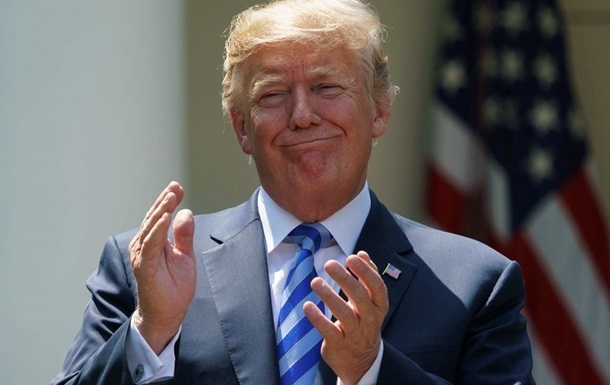Poland is a promising destination for tourists who prefer to travel around Europe. Several factors contribute to this: the relative proximity of this state, an understandable language (it will not be so easy to hear, but the tourist will be able to cope with reading the signboard), the relative cheapness of the trip and small expenses within the country. At the same time, there are disadvantages, such as obtaining a Schengen visa. But Poland, especially the old quarters of Krakow or Gdańsk, will give you an unforgettable feeling of a fairy tale. At the same time, it is necessary to remember that the euro does not circulate in Poland, which can create a number of certain problems. The zloty is the national currency of Poland.
Historical information
Its history is quite long and sometimes confusing, just like that of the Russian ruble and the Ukrainian hryvnia. Speakers of Slavic languages will immediately understand that the word "gold" is directly related to "gold" in Russian. "Zloty" as a currency name has been used since the middle of the 1924th century, but at that time it was not an independent currency, but only a colloquial abbreviation of the phrase "golden ducat". Already from the middle of the XNUMXth century, the zloty was accepted as the state currency of Poland, and later also of the Polish-Lithuanian Commonwealth. Later, there were partitions of Poland, during which the zloty experienced its worst times. Since XNUMX, the zloty has again become the national currency of Poland. Both paper money and metal money are still in use in Poland. Polish coins are called money. An interesting fact is that initially one zloty consisted not of one hundred crowns, but of sixty. Such a division is not very characteristic of most European peoples, except for the Celtic ones. Later, the zloty became, according to the principle familiar to the majority, divided into hundred money.
What currency to take with you on a trip?
The answer is unequivocal - zlotys. There is only one exception: if the tourist already has dollars or euros, they can be exchanged in Poland. The hryvnia can also be exchanged immediately upon arrival, but it will be much cheaper exchange zlotys for hryvnias in Ukraine, you can't buy anything in Poland with dollars, and in most cases with euros, too. Periodically, especially in tourist places, you can find price tags in European currency, but this is only for the convenience of tourists. You will have to pay in zlotys.
Where can I exchange?
As mentioned above, it is best to exchange rubles for zlotys directly in Ukraine. However, if for some reason this is impossible, all Polish banks will be happy to help with this service. They usually work from 9 to 5. What makes me happy is that in the bank you can change any currency into zlotys, not just euros. In addition to banks, there are exchange offices, not very many of them (Poland is not the most touristic country in Europe), but it will not be a problem to find one in large cities. They are called offices (kantory). Euros are accepted there without problems, dollars and hryvnias are not very popular, but they are also exchanged without problems. It is not worth exchanging money with private individuals, they can deceive, although the zloty exchange rate is quite stable.
Payment by card in Poland
Poland is a modern and developed country, here you can pay by card almost everywhere. If the card is serviced abroad, a double conversion will take place (in euros, and then in zlotys), which will increase the cost by 3%, and possibly more. If the potential tourist has bank cards such as UniCredit, it is possible not to overpay, since the conversion will be from euros to zlotys.

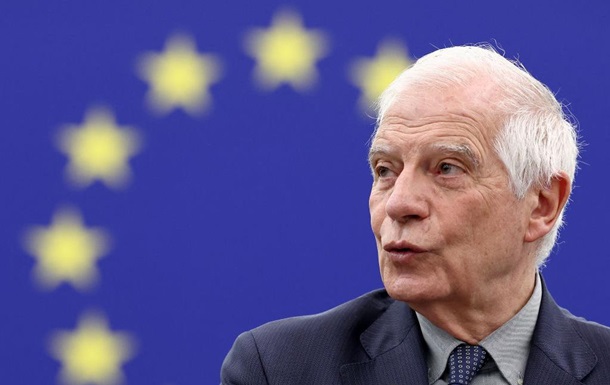
 148
148